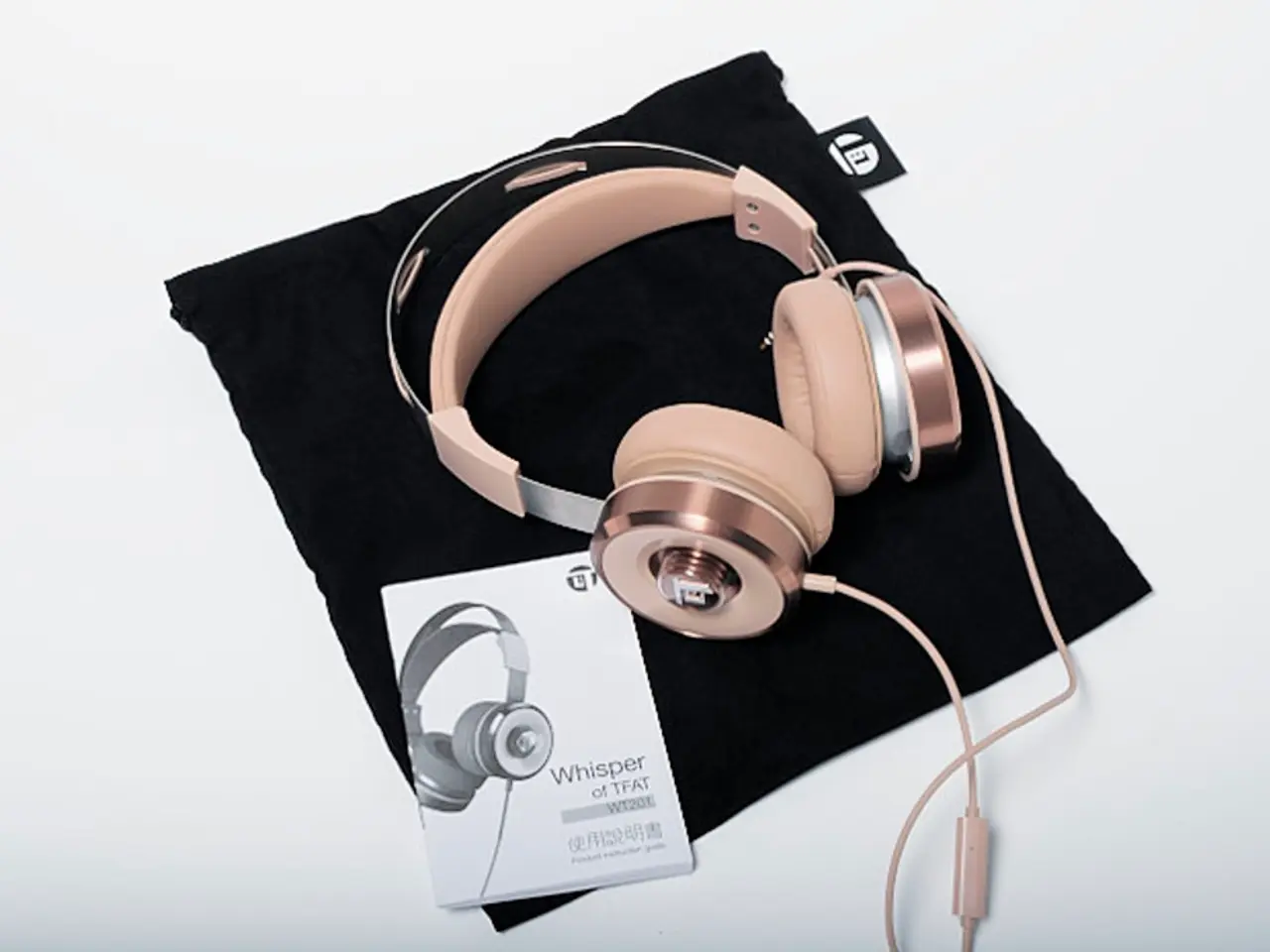Safety Measures for Ear Health
Living in a world filled with noise, it's essential to safeguard our hearing, especially when using equipment that produces excessively loud sounds. In this article, we'll discuss the importance of hearing protection and the most suitable choices for occasional users, such as those operating power lawn mowers or power tools.
Hearing loss caused by sounds louder than 85 decibels (dB) can be permanent, making it crucial to take precautions when exposed to such noises. Earmuffs and earplugs are devices designed to provide protection against excessively loud noises.
Earmuffs: A Comfortable Choice for Long-Term Use
Earmuffs are adjustable headbands with soft cups and cushions that seal around the ear. They are an excellent option for those who need to wear hearing protection for extended periods. Compared to earplugs, earmuffs are more comfortable and less likely to cause discomfort or fatigue during long work shifts.
Earplugs: Ideal for Hot and Humid Environments
Earplugs are small devices inserted into the ear canal. They are available in various materials, such as foam, silicone, and custom-molded options. Earplugs are ergonomically better for extended wear in hot and humid environments and are compatible with other personal protective equipment like safety glasses or helmets.
Choosing the Right Hearing Protection
The recommended hearing protection depends on noise levels and work conditions. For noise levels below 85 dB, hearing protection is generally not required unless individual sensitivity or specific conditions apply. For noise levels between 85 dB and 90 dB, protection should be considered, especially for prolonged exposure. For noise levels above 90 dB up to around 105 dB, earplugs or earmuffs with an appropriate Noise Reduction Rating (NRR) are recommended. For noise levels above 105 dB, combination protection—wearing both earplugs and earmuffs simultaneously—is advised to maximize noise attenuation.
When choosing hearing protection, it's essential to consider comfort, compatibility with other personal protective equipment, and the nature of the noise (frequency, impulsive vs continuous). Custom, premolded earplugs offer superior comfort and fit, and combination protection is often the best choice in very noisy environments.
Importance of Compliance and Regular Check-ups
Compliance with applicable safety regulations like OSHA or the Control of Noise at Work Regulations is essential. Regular check-ups and hearing tests are recommended if signs of hearing damage are present, such as ringing or other noises in the ears, difficulty hearing conversations under normal conditions, or difficulty or inability to hear high-pitched or soft sounds.
In summary, effective hearing protection requires selecting devices with appropriate noise reduction ratings for the specific noise exposure, ensuring proper fit and comfort to encourage consistent use, and considering workplace compatibility. Custom solutions and combinations of earplugs and earmuffs often deliver the best protection in very noisy environments.
[1] Preventing Occupational Hearing Loss-A Practical Guide, U.S. Department of Health and Human Services, National Institute for Occupational Safety and Health, 1996. [2] Occupation Noise Exposure, Occupational Safety and Health Administration. [3] Protect Your Hearing This Fourth of July, American Speech-Language-Hearing Association, 2013. [4] Custom, premolded earplugs are made of soft, flexible material preformed to fit the ear and must be fitted (sized) for each ear. Workers may wear plugs under earmuffs for additional protection.
This article was reviewed by Kent McGuire, CFAES Safety and Health Coordinator, Food, Agricultural and Biological Engineering.
Hearing loss can be a consequence of medical-conditions associated with exposure to sounds louder than 85 decibels, making it essential to adhere to safety measures such as using hearing protection devices like earmuffs and earplugs. In the realm of health-and-wellness and skin-care, safeguarding one's hearing is equally important, especially when dealing with noisy work environments or recreational activities like fireworks during holidays.




